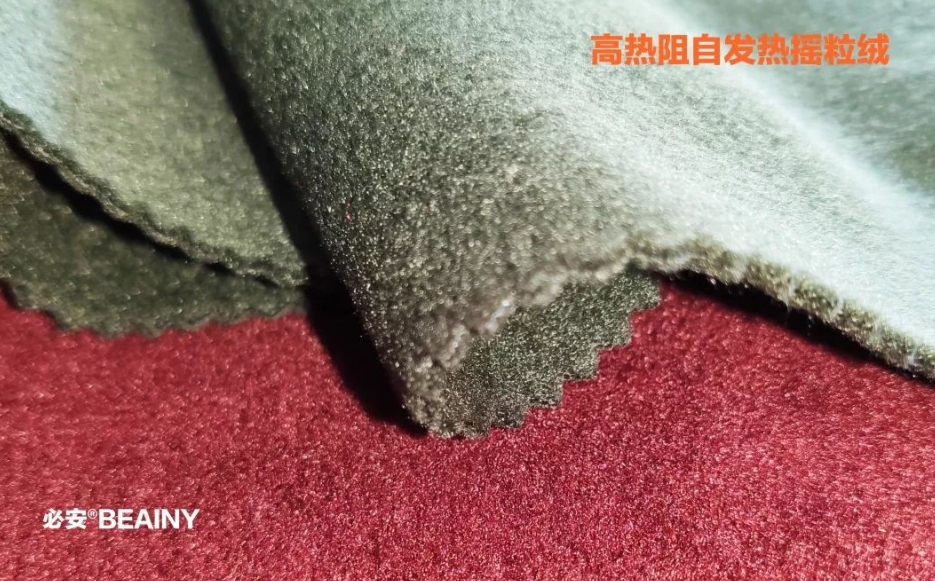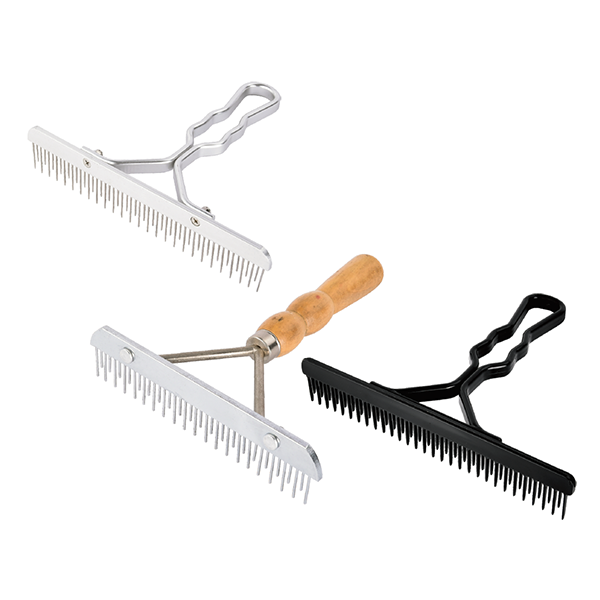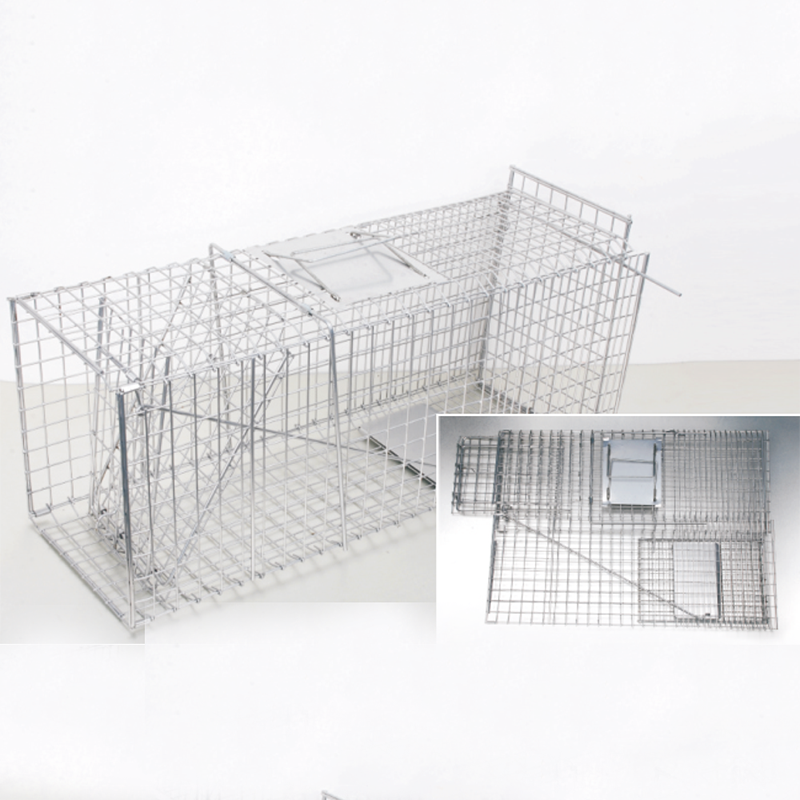The water softener salt tank is mainly used to soak high-concentration salt water to reactivate the resin. At present, the most common water treatment technology for soft water dispensers on the market is ion exchange technology. The ion exchange resin of the training machine is usually a sodium sulfonate ion exchange resin. After the raw water to be treated passes through the resin, the Ca and Mg impurities in the water can be adsorbed on the resin to achieve the purpose of purifying the water.
As the water throughput increases, more and more impurities are adsorbed, the adsorption capacity of the resin gradually decreases, and the resin gradually fails. In order to remove the impurities adsorbed by the resin, sodium ions, that is, the sodium ion component of soft salts, are required. It is necessary to replace the Ca and Mg impurities adsorbed on the resin with ion exchange to restore the ion exchange resin by backwashing.
Therefore, the softening salt in the salt tank plays an important role in the softening period. If there is no softening salt during the training period, the resin will gradually become ineffective, and the corresponding training period will also lose its function of softening and purifying water. It must be noted that the soft dispenser cannot use ordinary table salt, and must use the special salt for the soft dispenser. Iodine has a strong penetrating power to the surface of resin particles, so long-term use of iodine salt will reduce the surface strength, hardness, mechanical strength, volume expansion strength, circular curvature of the resin, and the resin is easily broken, thereby reducing the exchange capacity of the resin.
It was CANATURE HUAYU factory that briefly introduced the role of the softener salt tank. If you want to know more about the soft water purifier, and want to know more about the soft water purifier salt tank, you can contact us, and I will answer questions about the soft water purifier salt tank at any time.

 English
English Español
Español Português
Português русский
русский français
français 日本語
日本語 Deutsch
Deutsch Tiếng Việt
Tiếng Việt Italiano
Italiano Nederlands
Nederlands ไทย
ไทย Polski
Polski 한국어
한국어 Svenska
Svenska magyar
magyar Malay
Malay বাংলা
বাংলা Dansk
Dansk Suomi
Suomi हिन्दी
हिन्दी Pilipino
Pilipino Türk
Türk Gaeilge
Gaeilge عربى
عربى Indonesia
Indonesia norsk
norsk اردو
اردو čeština
čeština Ελληνικά
Ελληνικά Українська
Українська Javanese
Javanese فارسی
فارسی தமிழ்
தமிழ் తెలుగు
తెలుగు नेपाली
नेपाली Burmese
Burmese български
български ລາວ
ລາວ Latine
Latine Қазақ
Қазақ Euskal
Euskal Azərbaycan
Azərbaycan slovenský
slovenský Македонски
Македонски Lietuvos
Lietuvos Eesti Keel
Eesti Keel Română
Română Slovenski
Slovenski मराठी
मराठी Српски
Српски 简体中文
简体中文 Esperanto
Esperanto Afrikaans
Afrikaans Català
Català עִברִית
עִברִית Cymraeg
Cymraeg Galego
Galego 繁体中文
繁体中文 Latvietis
Latvietis icelandic
icelandic יידיש
יידיש Беларус
Беларус Hrvatski
Hrvatski Kreyòl ayisyen
Kreyòl ayisyen Shqiptar
Shqiptar Malti
Malti lugha ya Kiswahili
lugha ya Kiswahili አማርኛ
አማርኛ Bosanski
Bosanski Frysk
Frysk ជនជាតិខ្មែរ
ជនជាតិខ្មែរ ქართული
ქართული ગુજરાતી
ગુજરાતી Hausa
Hausa Кыргыз тили
Кыргыз тили ಕನ್ನಡ
ಕನ್ನಡ Corsa
Corsa Kurdî
Kurdî മലയാളം
മലയാളം Maori
Maori Монгол хэл
Монгол хэл Hmong
Hmong IsiXhosa
IsiXhosa Zulu
Zulu Punjabi
Punjabi پښتو
پښتو Chichewa
Chichewa Samoa
Samoa Sesotho
Sesotho සිංහල
සිංහල Gàidhlig
Gàidhlig Cebuano
Cebuano Somali
Somali Точик
Точик O'zbek
O'zbek Hawaiian
Hawaiian سنڌي
سنڌي Shinra
Shinra հայերեն
հայերեն Igbo
Igbo Sundanese
Sundanese Lëtzebuergesch
Lëtzebuergesch Malagasy
Malagasy Yoruba
Yoruba









